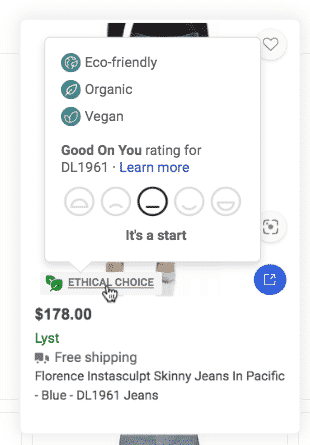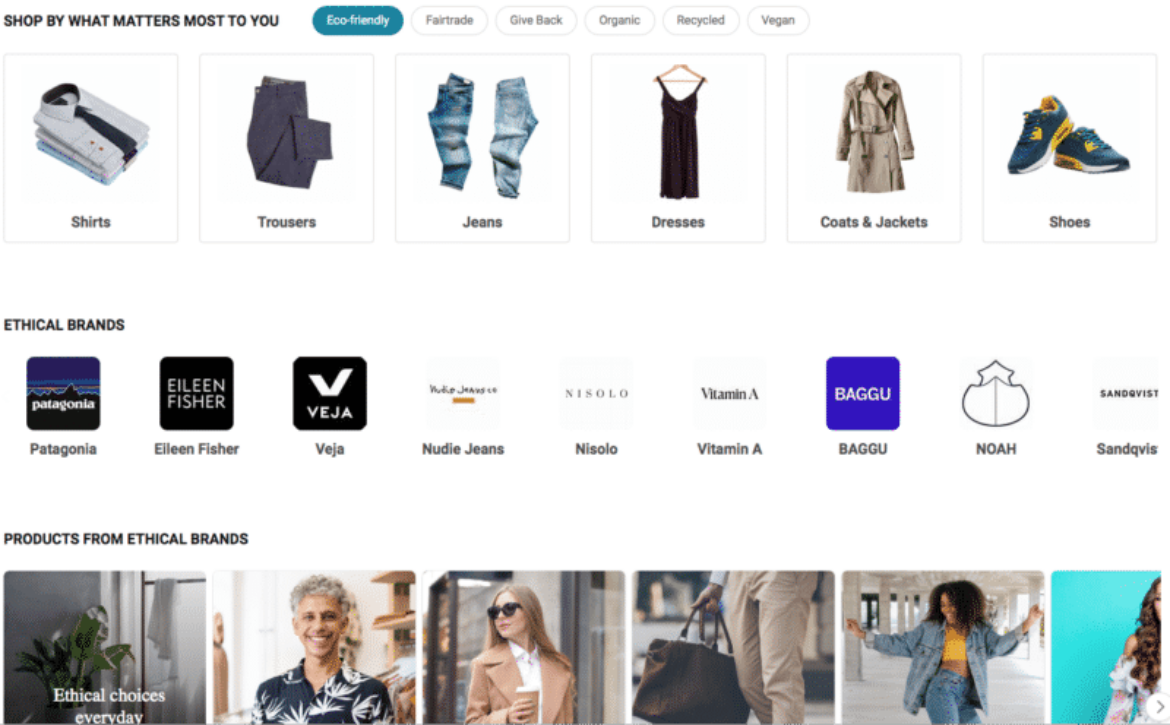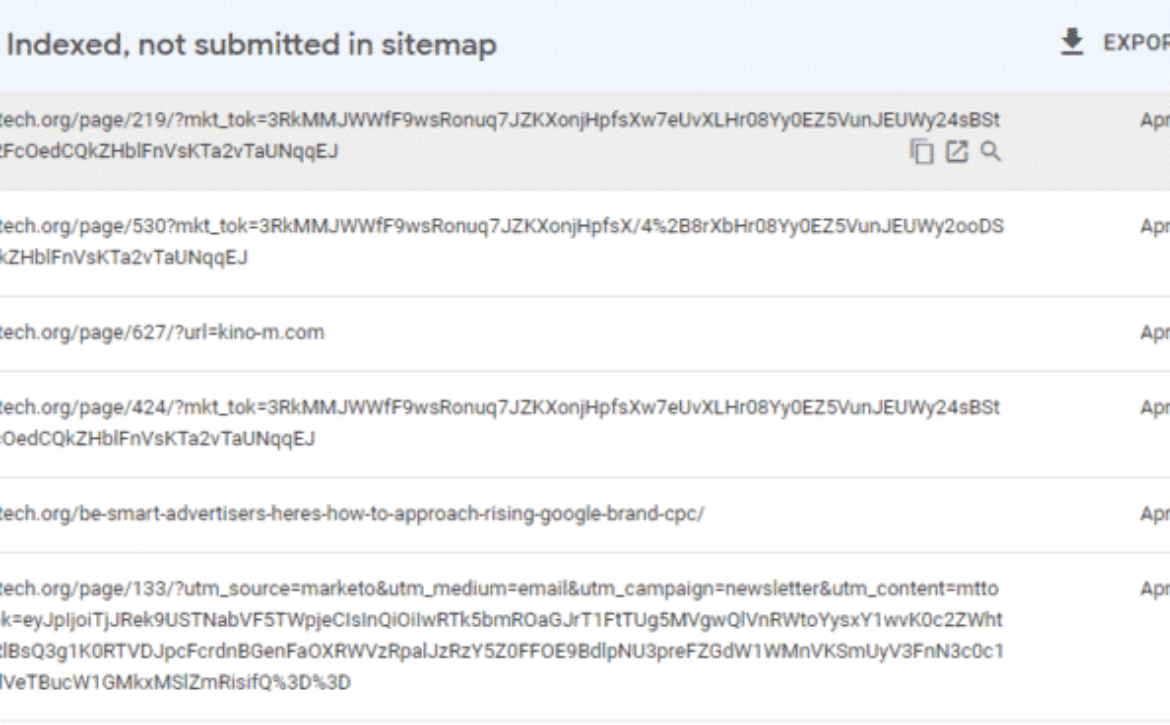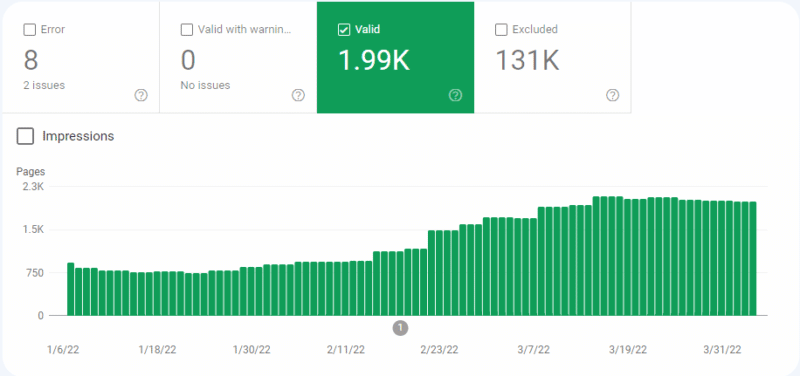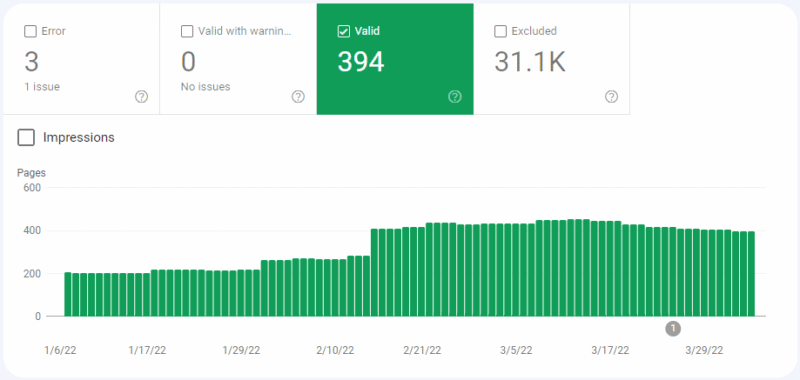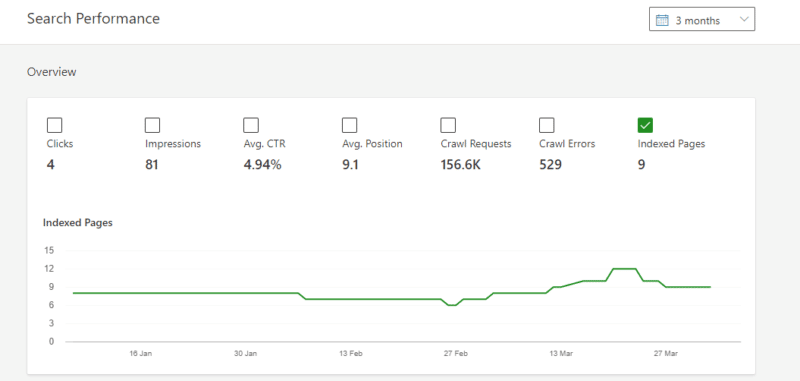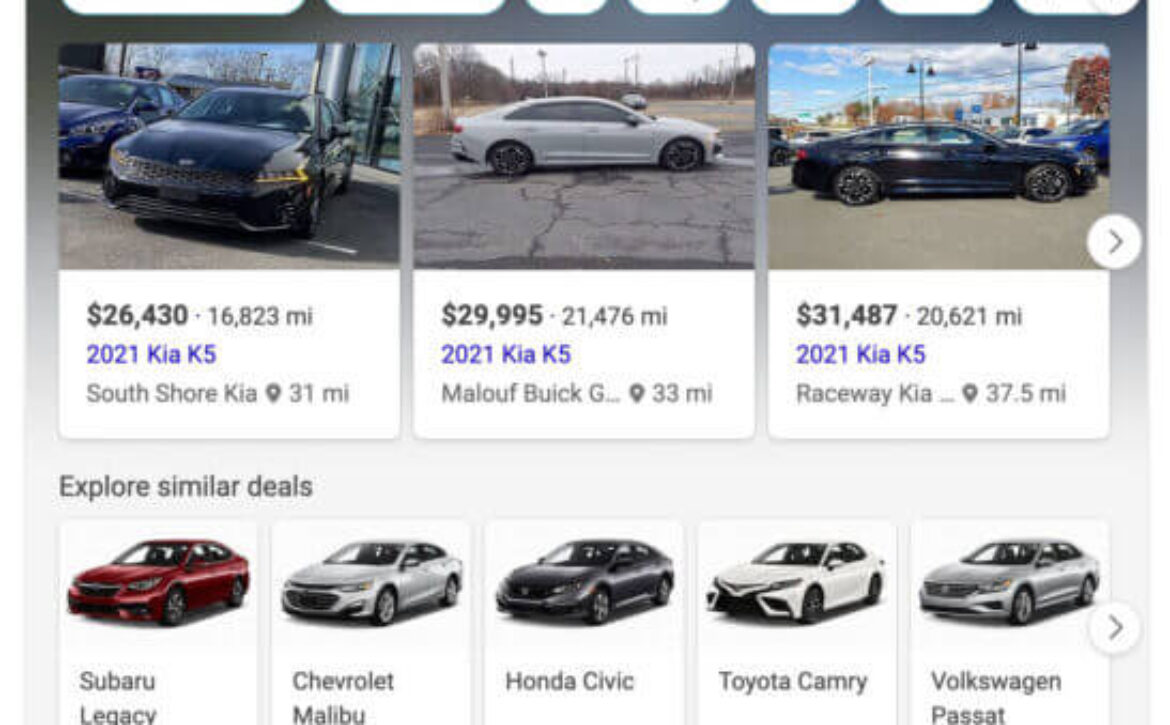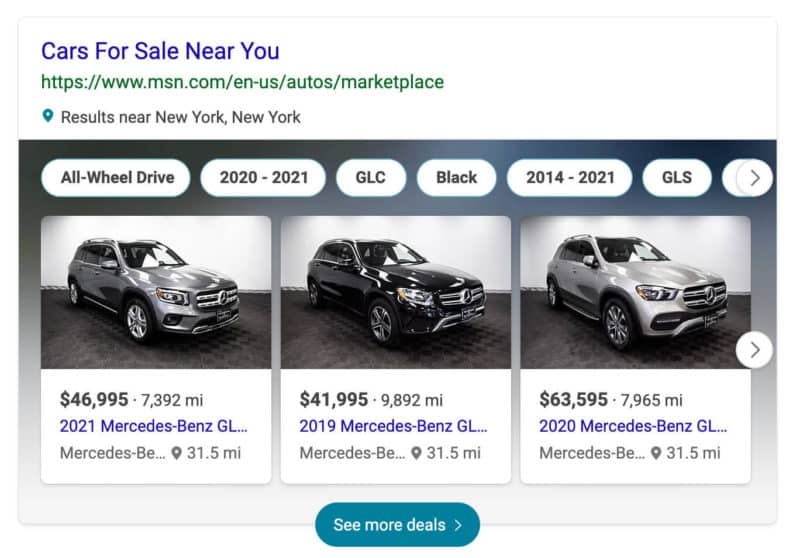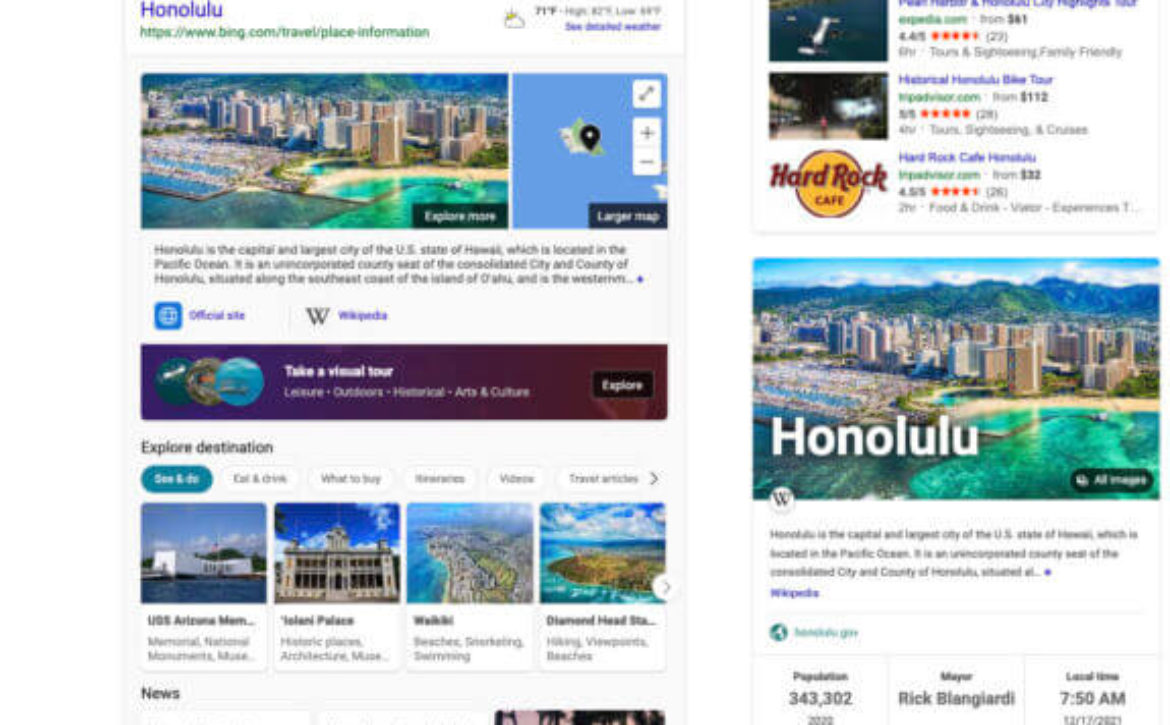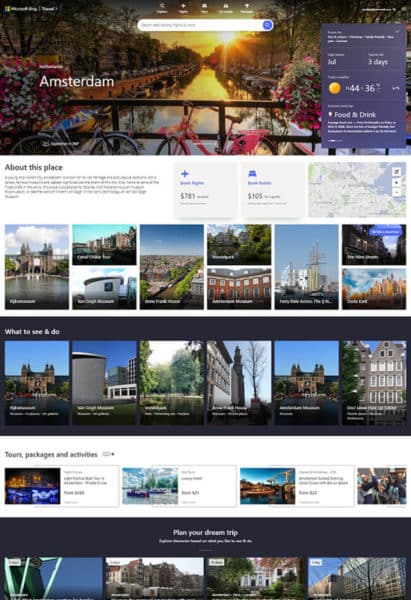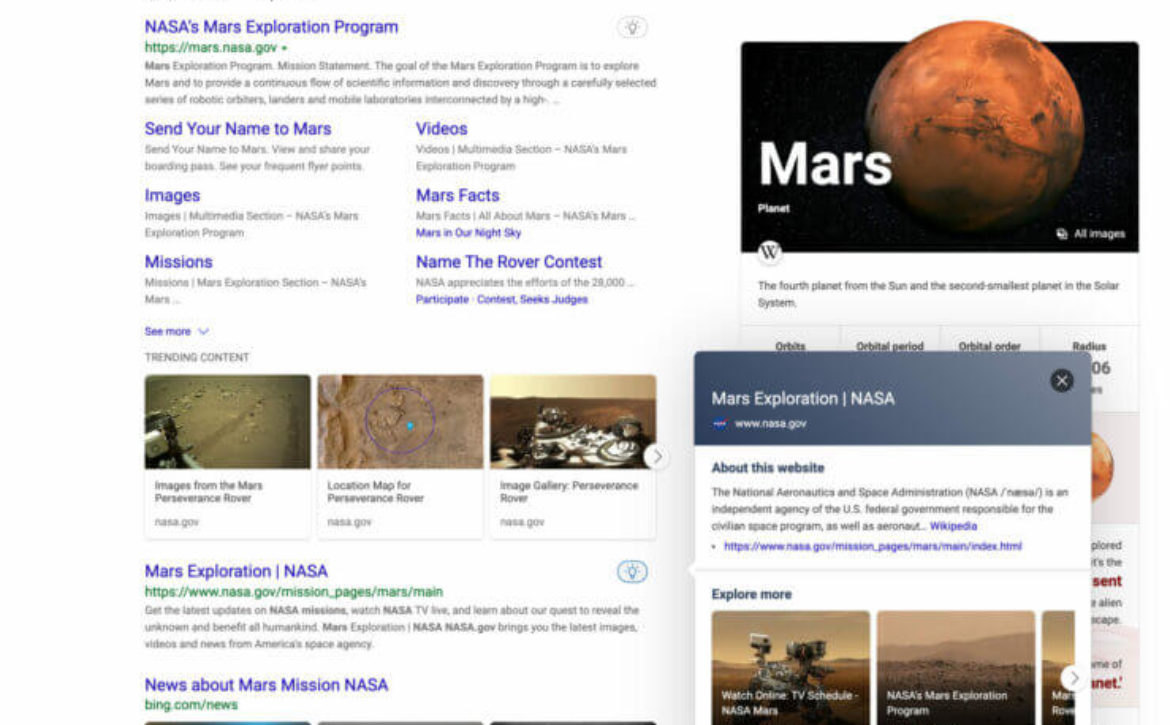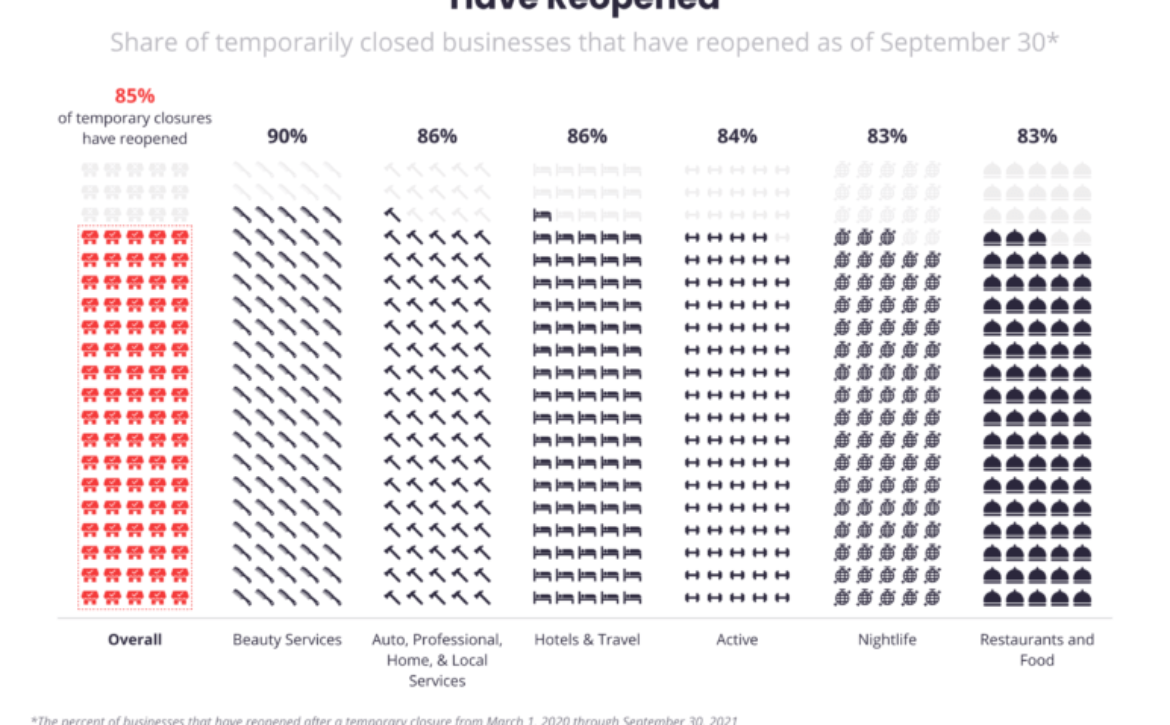Search Engine Land’s daily brief features daily insights, news, tips, and essential bits of wisdom for today’s search marketer. If you would like to read this before the rest of the internet does, sign up here to get it delivered to your inbox daily.
Good morning, Marketers, do you remember, the 21st night of September?
I associate that Earth, Wind & Fire track with the final days of summer/early days of autumn, when the heat waves get fewer and further between and life seems to settle into a more relaxed pace.
It looks like the weather isn’t the only thing changing, though: In Q1 2021, Expedia Group brought in three times more traffic from paid search on U.S. desktops than Airbnb, Tripadvisor and Booking.com combined, according to a Bernstein report. It also attracted one million more visits from paid search in March of this year than it did in March 2019.
You may recall that Expedia Group once characterized Google as its biggest competitor, and CEO Peter Kern has been open about wanting to reduce the company’s dependence on the search engine. But, travelers responded to the pandemic by seeking out vacations they could drive to, often away from urban areas. Seizing this opportunity, the company focused on markets like the U.S. and poured ad money into promoting Vrbo, its Airbnb competitor. “Vrbo generated 2.1 million display ad visits during the first three months of 2021,” Dennis Schaal wrote for Skift, “double that of sister company Expedia.com, Tripadvisor, Booking.com, and Airbnb combined.”
Diversifying your traffic sources remains important and can help keep your business stable, instead of being at the whim of whatever platform you may be reliant on. However, circumstances can change unexpectedly and when there’s an opportunity on the table, it may make sense to act. Being able to adapt in a timely fashion is critical and search marketers should prioritize that over any single strategy at any given time.
George Nguyen,
Editor
Mozilla tests Bing as the default search engine for 1% of users
Mozilla is conducting an experiment in which 1% of Firefox desktop browsers get set to Bing as the default search engine. The test will run until early 2022 but Mozilla has not disclosed more information, such as why it’s running this experiment or why it’s doing so with Bing.
Last August, Google and Mozilla reached a deal in which the former reportedly paid the browser company between $400 and $450 million per year for the privilege of being Firefox’s default search engine in most regions. It is possible that Mozilla is looking to set up a backup plan for when its contract with Google runs out in 2023.
Why we care. Many SEOs forego Bing optimization in favor of their higher traffic counterpart, but this is another reason to diversify your target search engines. It’s also another reason to potentially invest in Microsoft Advertising. While 1% of users isn’t a lot right now, if the Google deal falls through, having a Bing/Microsoft strategy may be beneficial if Mozilla makes it the default search engine.
Read more here.
Ads proliferate in Amazon search results as ad prices surge
“For consumers looking for toothpaste on Amazon, getting to unpaid results requires two full swipes up on the mobile app,” Annie Palmer wrote for CNBC. The e-commerce platform used to feature two or three sponsored products at the top of its results, but now, there may be as many as six ads that appear above any organic listings — and, there are even more promotions as you scroll down.
Sponsored product ads accounted for about 73% of merchants’ ad spend on Amazon in Q2, according to Merkle. And, the CPC for Amazon search advertising was $1.27 in August, a 47% increase from a year ago, according to a survey of 300 Amazon merchants conducted by Canopy Management. Last year, Marketing Land (now known as MarTech), conducted a survey in which 81% of Amazon advertisers said they planned to increase their ad spend on the platform over the course of 2020 — it looks like that trend won’t be slowing down anytime soon.
Why we care. On Amazon, more ads means less visibility for unpaid listings. This creates a tough environment for merchants that aren’t able to advertise on the platform. The situation only gets worse for sellers in product categories that Amazon has entered, with its “Amazon Basics” line of products, for example.
Higher CPCs also mean that brands with bigger budgets may have an advantage. There are no dedicated ad slots in the search results, an Amazon spokesperson told CNBC, which may be a mixed blessing: more ad slots may make ads less expensive, but they’ll also take up space that might have gone to unpaid results.
Carousels and publishing anonymously: Not unless you can help it
Brands that arbitrarily publish blog content anonymously, hear me now. When asked how publishers should handle E-A-T best practices when authors don’t want to reveal their real names due to safety concerns, Google’s John Mueller replied that it’s best to add author names where you can. “If you can’t do it for any content, and it’s all basically ‘trust us’, then I don’t know how users are supposed to deal with that,” he added. Safety is number one, but if that’s not your reason for publishing without author bylines, just know that it could hurt your organic visibility.
Should you use a carousel? No, not according to shouldiuseacarousel.com. I hate/like that carousel the information is displayed on is a bit too fast for me to read, which, I suspect, is common for many others as well. Tip of the hat to Myriam Jessier for bringing this to our attention.
Google’s automotive search features disrupt the industry. Google seems to have launched new car-related search features that provide detailed specifications about models, including pricing, sale listings, configurations and so on. “In a lot of cases, OEMs also don’t provide all the data you see so we need to look for other sources to fill the gaps. This manual work results in our data team working year-round to add all this data in a categorized structured format,” Matt Smith, executive director of SEO at Edmunds.com, said on Twitter, adding, “We add all the schema or we won’t get search features or knowledge graph rankings. Google then takes our hard work and shows it however they want… But what are you going to do, lose your snippets?”
What We’re Reading: ‘Outcomes > input’: The hustle culture fallacy
As a child, I once told my father I wanted to be rich. “How?” he asked me — I told him I’d work hard. He disapproved, telling me that I needed to work smarter, not harder. Seemed like generic advice at the time, but with the glorification of “hustle culture,” I can better appreciate the wisdom.
In Rand Fishkin’s blog post for SparkToro, the search industry veteran scrutinized some of the principles that underpin hustle culture, like the belief that anyone can get ahead if they work hard (which downplays socioeconomic privilege) or that those who work hard are simply better.
“The logical move is to either A) work genuinely hard or B) pretend and posture as though I work hard. We can easily rule out C) honestly share that my journey, like most successful entrepreneurs, is 80% luck, 20% talent, maybe less,” Fishkin wrote.
The takeaways are that, if he had slowed down in his earlier years, he probably would’ve still achieved the same level of success, if not surpassed it. And, that there are other factors that contribute to success, like luck — it’s just a lot less flashy to brag about how fortunate you are.
When I was a radio journalist, I worked a lot harder than I do now. But, that career was relatively short (only a few years) because I ultimately burned out and was desperate for something more sustainable. I really think I got lucky with my current role — without my knowledge, a colleague had vouched for me before I had even completed interviews. If you’ve been similarly fortunate, consider paying it forward.
The post Mozilla tests Bing as the default search engine for 1% of users; Tuesday’s daily brief appeared first on Search Engine Land.
